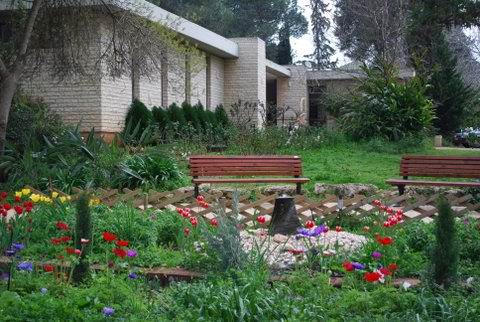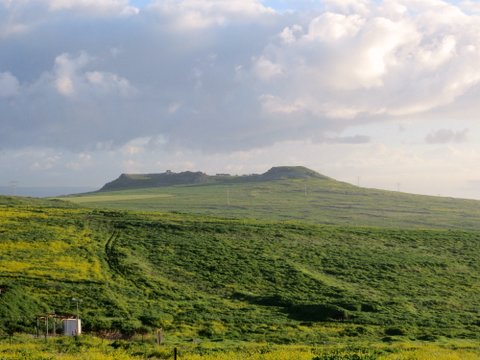KIbbutz Lavi
Location: Lower Galilee, near Golani Junction
Founded: 1949
The name: Kibbutz Lavi was named after a wayside inn in the period of the Mishna and the Talmud, that served wayfarers on their way from Zippori to Tiberias, two centers of widespread Jewish activity. Remains of the inn were found near the kibbutz.
The founders: youngsters who were transferred from Germany to England as part of the “Kindertransport” and were educated in the Brit ChalutzimDatiim (Bachad) movement.
Population: 650
Area: 1,850 acres
Branches of work: lavi operates a furniture factory which specializes in synagogue furniture. The large factory is a leader in its field, marketing its products both in Israel and abroad. In addition Lavi runs a high class 184 room hotel. Over the years Lavi has developed diverse branches of agriculture, including field crops, orchards, a dairy farm, a herd of cattle, and chicken coops.



On the way to the Land of Israel
The first settlers, mainly young men and women who escaped from Nazi Germany in the “kindertransport” (children‘s train), found refuge in the Bachad movement in England. In this framework they established farms in which they performed agricultural work and studied Hebrew, while getting accustomed to communal living in preparation for Aliya to Israel and establishing a kibbutz.
The first days
Kibbutz Lavi was started when a group of young people arrived at a barren hill in the heart of the Lower Galilee, alongside the road connecting Tiberias and the Golani Junction. Lavi was the last kibbutz to take hold of the land in the “state on its way” manner. There was no preparation for settlement, no water, no means of sustenance. The hardships and the sacrifices of those early pioneers are unimaginable today.



The original settlers tell
“We asked the settling institutions, ‘where are the fields?‘”They replied, “Search for them.” We asked, “And where is the water?” “Start digging,” they replied. “They told us to make aliya; we did. We were enchanted by the Galilee with its history rich in tales of bravery about the Jews who lived in that region. We sought a challenge, a new place where we could give voice to our self-expression. They promised the establishment of a bloc of religious settlements here – and we believed them. They promised the creation of something out of nothing. We found the ‘nothing,‘ but the ‘something‘ seemed so distant and unrealistic.”
Society, absorption, and education
A Jewish way of life, an English temperament, and Israeli pioneering joined together in Lavi. As the years passed Lavi absorbed young people from youth movements in Israel and abroad together with the children of the kibbutz. The population of Lavi today is comprised of about 170 families of various sizes with a total of 250 children. Some of the families extend to include parents, grandchildren, and great grandchildren of the members. In the heart of the kibbutz stands the synagogue which was built in the style characteristic of ancient synagogues in the Galilee. Next to it is a stately hall for religious study. Together they make a place for the people of Lavi to assemble for Torah study and prayer. Lavi is active in many Zionistic educational projects and takes in young people who come to take part in educational projects for various periods of time.
A look to the past and to the future
all that has been established through hard work, faith, and creativity allows the founders and those who are continuing their project to look back with pride and to look forward with hope and expectation to what the future has in store.


